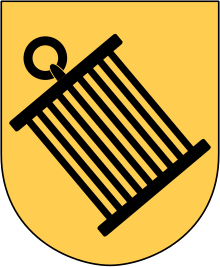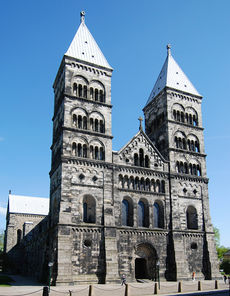Diocese_of_Lund
Diocese of Lund
Church of Sweden diocese
The Diocese of Lund (Swedish: Lunds stift) is a diocese within the Church of Sweden which corresponds to the provinces of Blekinge and Skåne. There are 217 parishes within the diocese, the most significant number in any of the dioceses of the Church of Sweden. The present bishop of Lund, Johan Tyrberg, succeeded Antje Jackelén in 2014.
This article includes a list of general references, but it lacks sufficient corresponding inline citations. (November 2022) |
The diocese was originally established in 1060 as a Roman Catholic diocese within the Kingdom of Denmark. Beginning in 1104, it had jurisdiction over ecclesiastical affairs in Denmark, Norway, and Sweden as the Archdiocese of Lund. Following the Danish Reformation, it became a diocese in the Lutheran Church of Denmark. Since the signing of the treaty of Roskilde in 1658 it has been the southernmost diocese in the Lutheran Church of Sweden.


